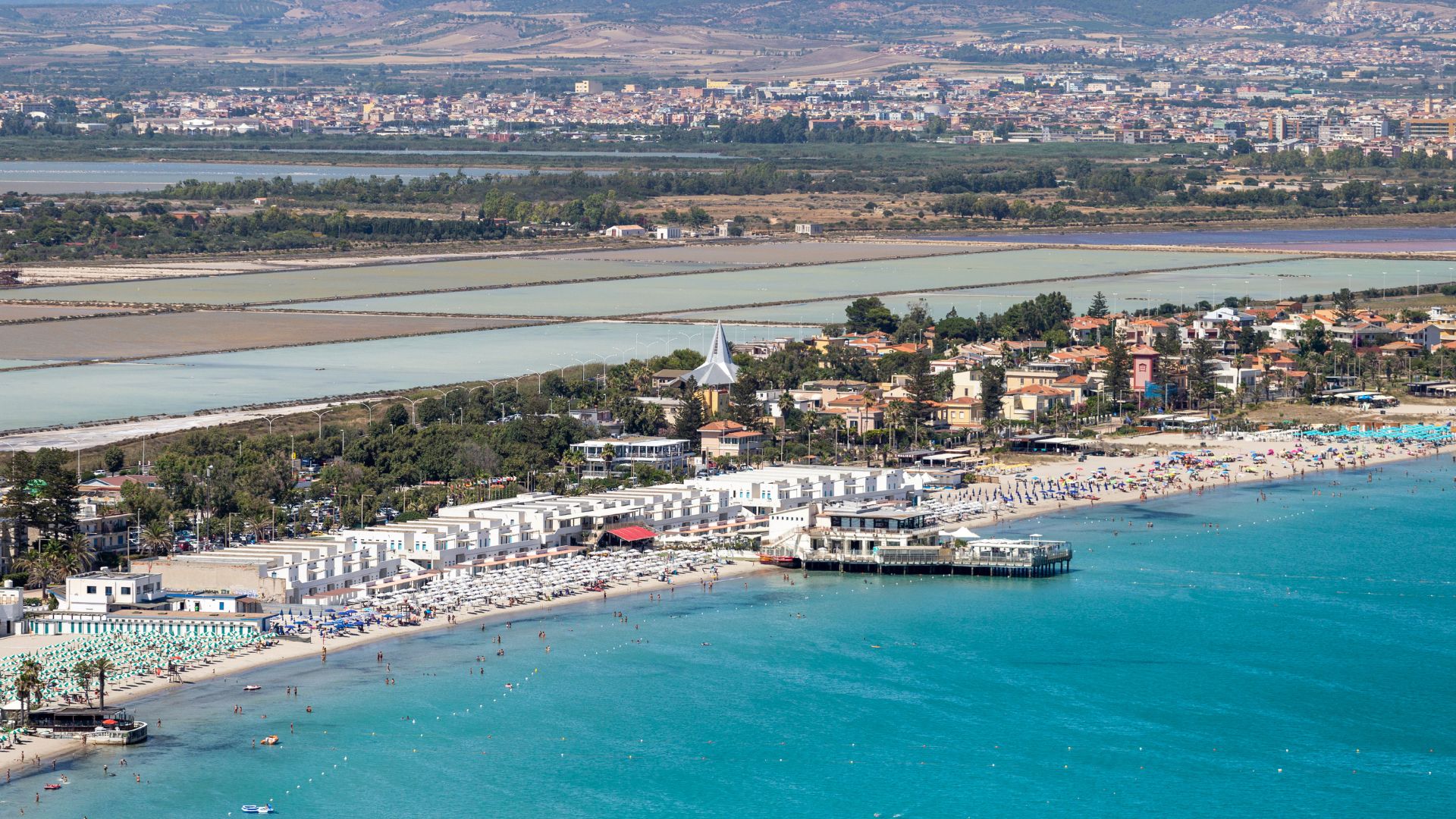When I landed in Cagliari, Sardinia’s capital, I honestly didn’t expect a beach to change how I felt about coastal living. Poetto Beach runs for eight kilometers along the city’s edge, creating this massive urban playground where locals seem to blend city life and beach culture without even thinking about it.
Walking barefoot on Poetto’s wide, soft sand, I realized this place is more than a tourist spot—it’s the pulse of Cagliari’s identity.
Life here moves with the Mediterranean’s tides. In the mornings, locals jog along the promenade, and by afternoon, families settle in for leisurely lunches at beachside restaurants.
Evenings feel totally different—suddenly, the whole beach turns into a big social scene as the sun dips low. This isn’t some separate escape from the city; it’s more like Cagliari’s extra living room, where everyone, young and old, shows up.
I started trying to understand the Cagliaritano lifestyle right here on this sand. Between quick swims in the clear water and chats with locals, I realized Sardinians don’t just visit the beach—they actually live it.
Their bond with the coastline goes deeper than I expected. Maybe that’s part of why Sardinia is famous for its laid-back lifestyle and so many long-lived people.
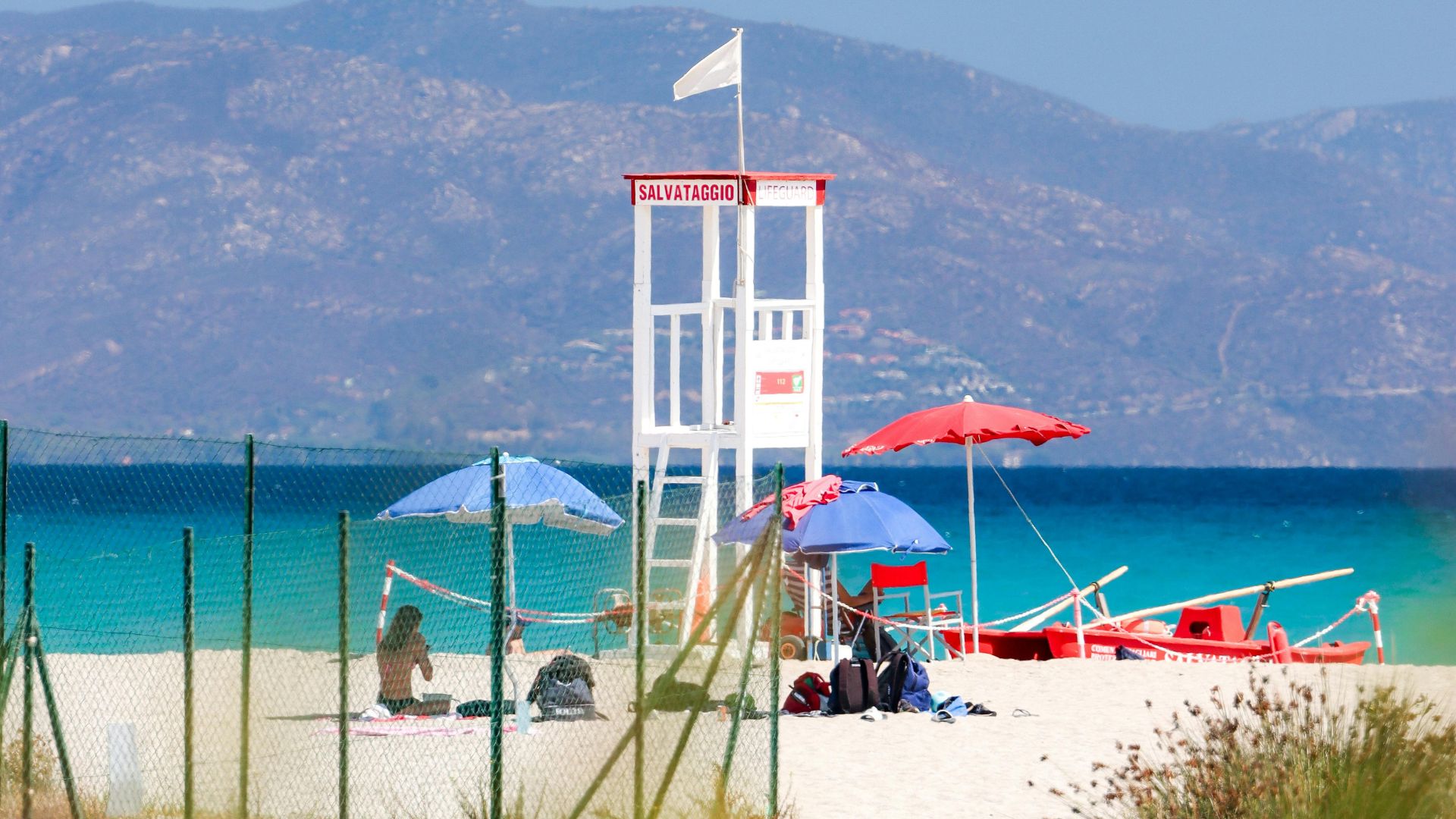
Discovering Poetto Beach: The Six-Kilometer Heart of Cagliari
Poetto Beach runs along Cagliari’s coast like a white ribbon against the blue sea. It’s not just sand and water—it’s where Sardinia’s capital wakes up, works, and unwinds every day.
Unveiling The Spirit of Cagliari Seaside
Locals call Poetto “Sardinia’s Copacabana,” and honestly, I get why. The beach stretches somewhere between six and eight kilometers (depends who you ask) of white sand, just five kilometers from Cagliari’s lively center.
I stumbled onto this gem on my second day in Sardinia.
What really struck me was how Poetto acts as the city’s outdoor living room. Unlike other Mediterranean beaches packed with tourists, this one feels truly local.
The water stays shallow for ages, so anyone can swim here.
Right next to the beach, the Molentàrgius salt pans create this wild ecosystem where flamingos sometimes show up. There’s something about that mix of city, nature, and easy access that makes Poetto stand out.
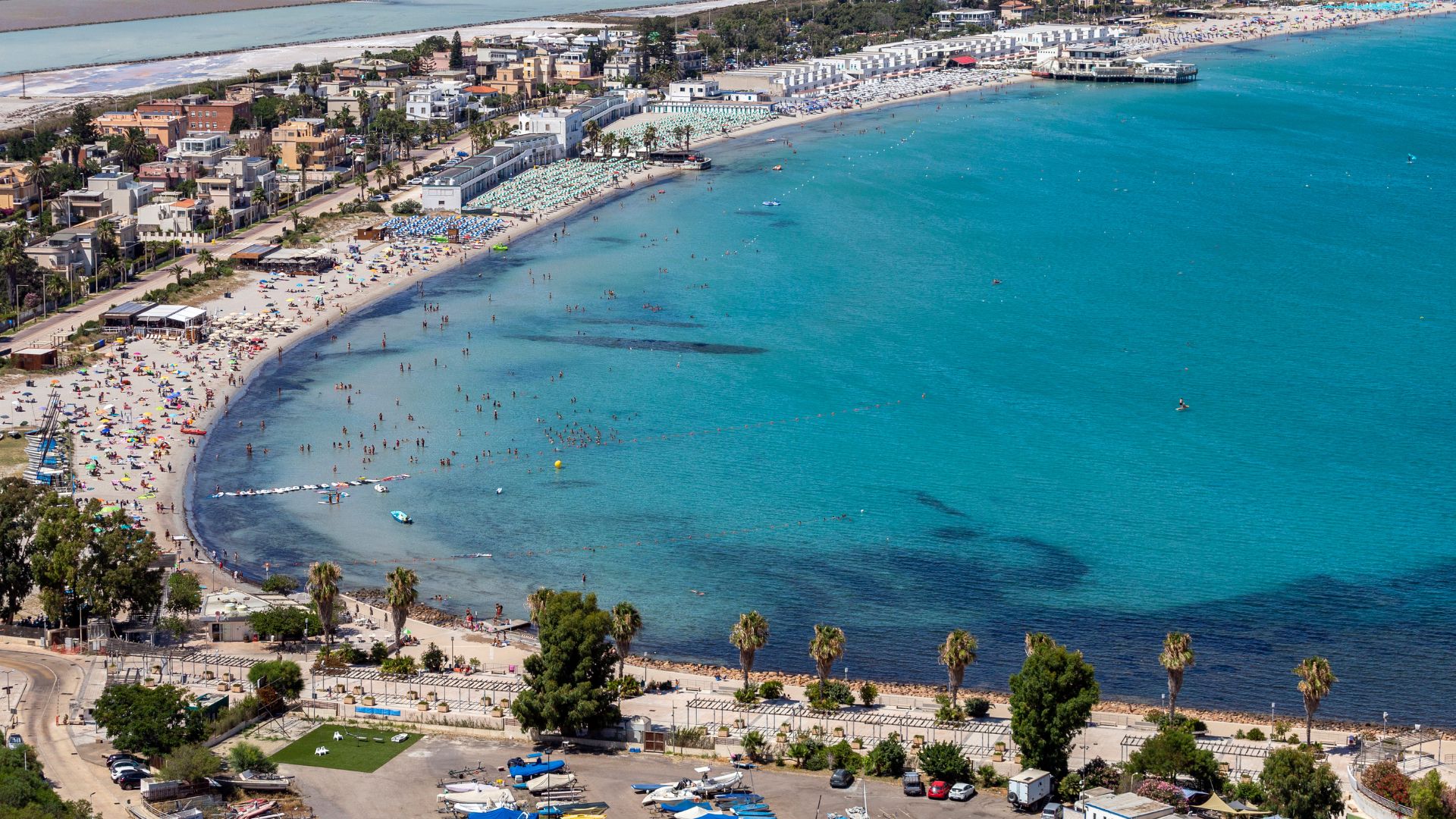
Morning Rituals Along The Sand
Pretty soon, I found my morning ritual at Poetto. I’d show up around 7:30 am, when only the most dedicated locals were around.
Older Cagliaritani were already swimming, no matter the weather. The beach feels different at dawn—joggers tracing the shoreline, small groups doing sunrise yoga, and the first coffee kiosks opening up.
Espresso costs about €1 and tastes perfect.
I started bringing my own towel to claim a spot on the public beach. A lot of the sand is now “stabilimenti” (private clubs), where you can rent a lounger and umbrella for €15-20 a day.
Social Life and Local Gatherings
By nightfall, Poetto turns into Cagliari’s social center. Beach volleyball games pop up, and sometimes, you’ll hear guitars as the sun goes down.
The boardwalk fills with families out for their passeggiata (evening stroll). I noticed these gatherings aren’t just for the young—teenagers, parents, grandparents, all mingling together.
Local beach bars called chiringuitos serve Sardinian favorites like malloreddus (that gnocchi-like pasta) and mirto (a strong myrtle berry liqueur). These places get busiest after 9 pm, once the heat finally eases.
I made my best local friendships here, not in the city center. One spontaneous volleyball game turned into dinner with a Cagliari family who’ve been coming to Poetto every summer for four generations.

Daily Adventures: Living Like a True Cagliaritano
Living in Cagliari means letting the sea set your daily rhythm and letting local flavors sneak into your routine. I found out fast that being a true Cagliaritano is about balancing beach time with culinary adventures.
Beach Walks and Sunrise Views
Most mornings, I’d walk along Poetto Beach just as the sun rose over the Mediterranean. That golden light makes everything feel magical, and you’ll see locals jogging or diving in for early swims.
I figured out that real Cagliaritanos have their favorite coffee spots with the best views. The tiny kiosks along the beach serve espresso that somehow makes the day start right.
The walkway running the whole six-kilometer stretch became my place to think. Locals started to recognize me and would nod or smile as I joined the regulars.
What really surprised me was how easy it is to fit the beach into daily life. Even on workdays, people squeeze in a quick sunrise stroll or swim before heading to their jobs.
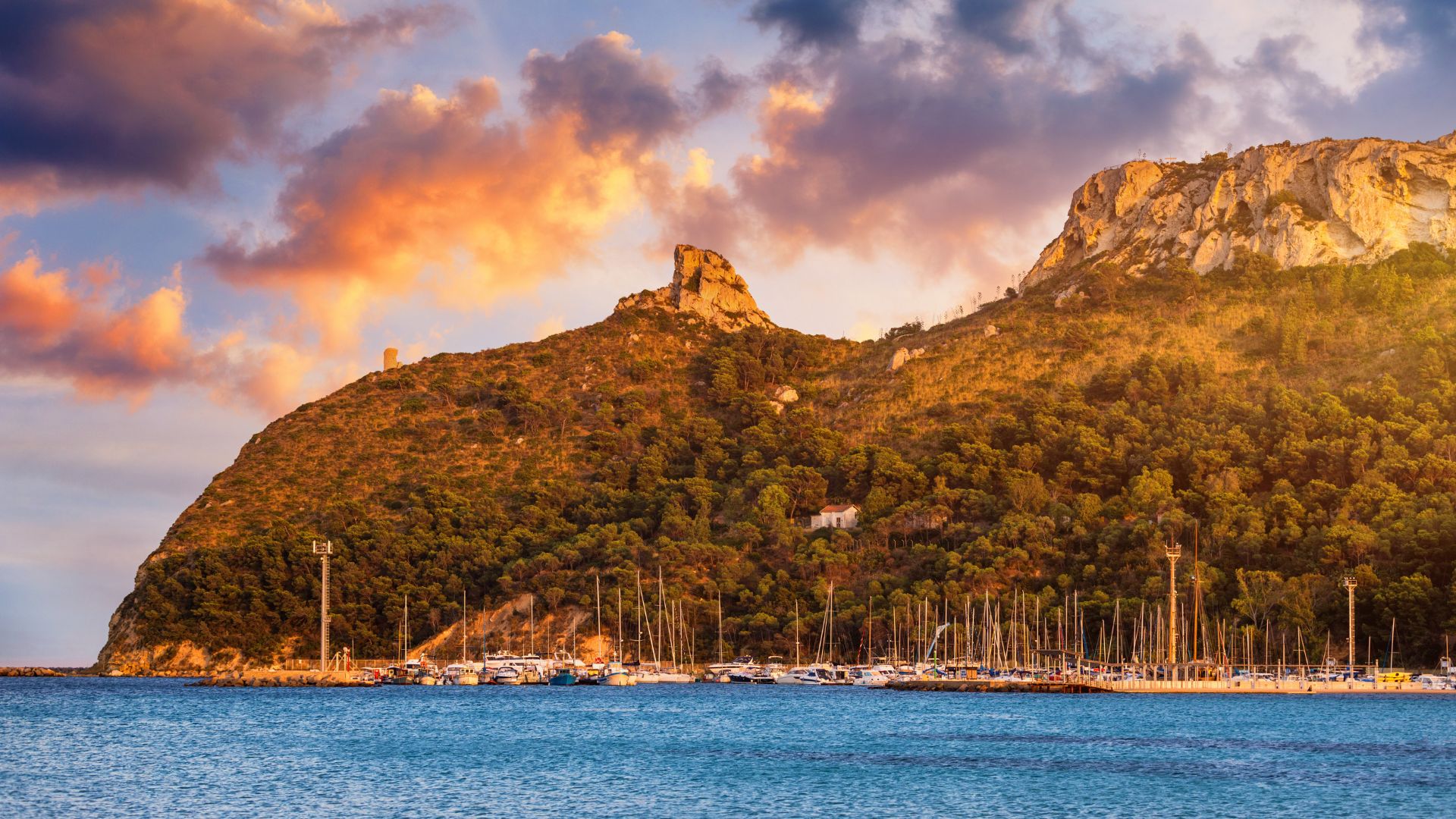
Swimming, Snorkeling, and Embracing Water Sports
Cagliari’s clear waters became my playground. Locals taught me to swim early in the morning or late in the afternoon, when the sea is at its calmest.
Snorkeling around the rocks showed me a world full of colorful fish. One local showed me how to spot octopuses hiding in the cracks.
On weekends, I joined diving trips with local clubs. They took us out to reefs and underwater caves that tourists rarely see.
Some friends invited me sailing, too. We’d catch the wind and glide along the coast, sometimes stopping at secret coves you can only reach by boat.
Here, water sports aren’t just a hobby—they’re woven into the culture. Respecting the sea’s moods and learning its patterns connects you to Sardinia’s long maritime history.
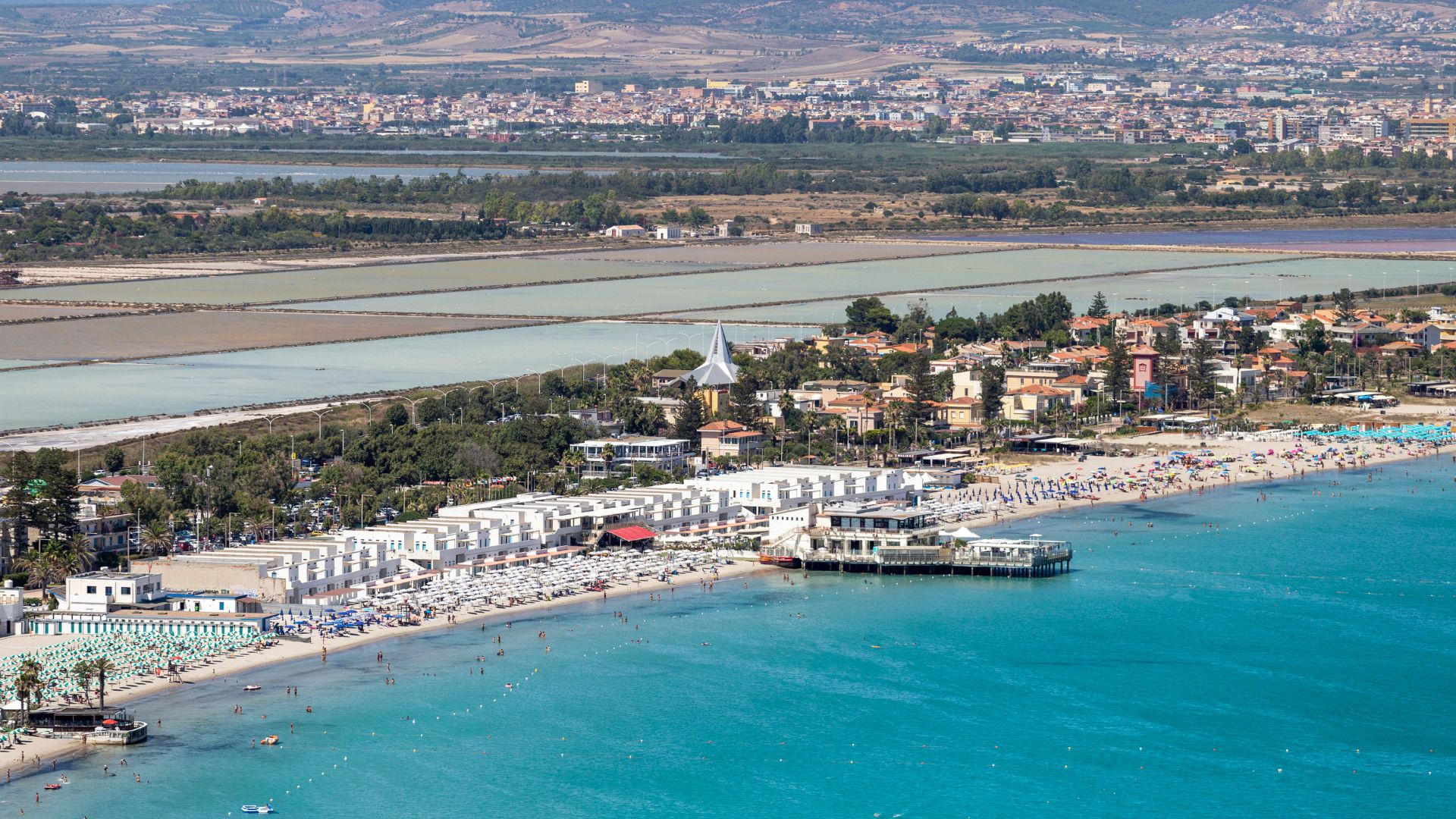
Savoring Pecorino Cheese and Local Cuisine
Cagliari’s markets introduced me to real Sardinian flavors. The smell of pecorino cheese became oddly comforting as I wandered through Mercato di San Benedetto.
I learned to tell young from aged pecorino by taste and texture. The older stuff is sharper, more complex, and somehow perfect with local honey.
Bottarga—cured fish roe, or “Sardinian gold”—quickly became a treat I looked forward to. I’d sprinkle it over pasta or eat it thinly sliced on bread. The flavor is intense, and it tells you a lot about the island’s fishing roots.
For lunch, I usually went simple: fresh seafood at a tiny harbor restaurant. Cagliaritanos seem to prefer quality ingredients over flashy presentation. A grilled fish with olive oil and lemon is all you need.

Enjoying Vermentino and Cannonau Wines
Wine in Cagliari is about enjoyment, not showing off. I discovered Vermentino, a crisp white that goes perfectly with seafood and warm evenings.
Evenings often found me at local enotecas (wine bars), chatting with neighbors over glasses of ruby Cannonau, Sardinia’s classic red.
Sometimes a bar owner would invite me to taste-test different wines, explaining the difference between grapes grown on the coast and those from inland.
The pre-dinner aperitivo ritual became my favorite part of the day. Friends would gather for Vermentino and small bites as the sun set, creating those moments of pure contentment that define Mediterranean life.
History and Heritage Along the Shore
Cagliari’s coastline isn’t just about pretty sand and blue water. These shores have stories—centuries of them—from ancient civilizations to medieval fortresses still standing guard over the sea.
Traces of Ancient Ruins
Sometimes, as I wandered Poetto Beach, I’d spot fragments of history near the water. Just a short drive away, Nora waits—one of Sardinia’s most important archaeological sites.
Phoenicians founded it, and the Romans later turned it into a bustling port city.
The ruins include mosaics, old baths, and a theater that still hosts shows. It’s wild to think these structures have survived so many storms and centuries of sea winds.
On clear days, you might see ruins just under the water—remnants of buildings that slid into the sea long ago.
Castello: Stories From the Hilltop
The medieval Castello district rises above Cagliari’s coast, offering sweeping views of the gulf. Pisans built these limestone walls in the 13th century, and they’ve seen everything from invasions to celebrations.
I love climbing up the narrow streets to reach the ancient towers. Torre dell’Elefante and Torre di San Pancrazio still stand as reminders of the city’s old defenses.
Most beach-goers miss the link between the sea and the citadel. Sailors have used Castello’s silhouette as a navigation point for ages.
The Cathedral of Santa Maria mixes architectural styles from different eras, showing off Cagliari’s multicultural roots.
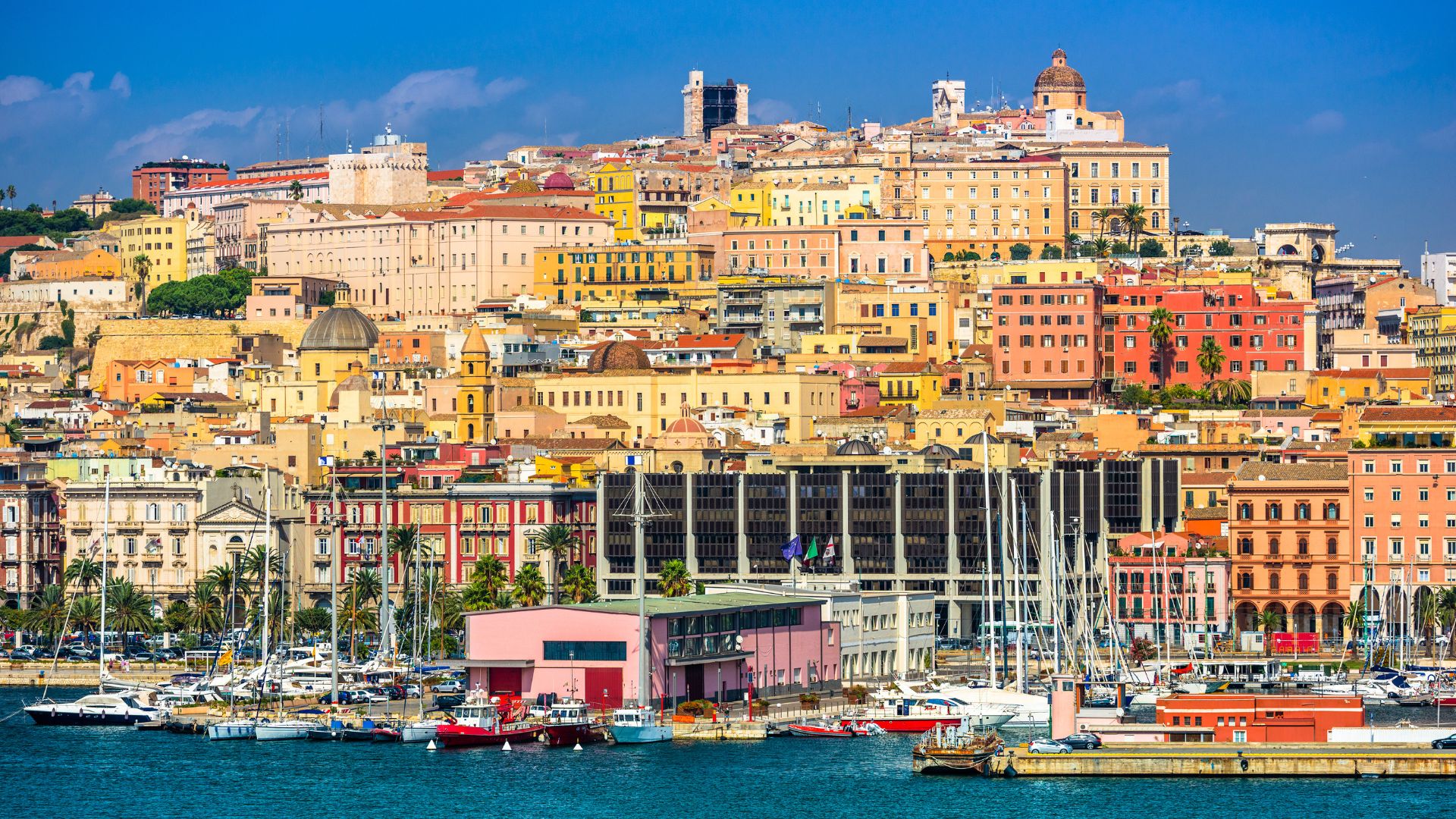
Pilgrimages and Spiritual Traditions
The coast has always been tied to spiritual journeys. Every May, thousands join the pilgrimage of Sant’Efisio, Sardinia’s biggest religious procession. It starts in Cagliari and ends at Nora.
I watched, amazed, as people in traditional dress walked the coastal route, following in their ancestors’ footsteps for over 350 years. The ceremony honors the saint who, legend says, saved the city from plague.
Tiny chapels dot the shoreline, places where fishermen once prayed before heading out to sea. The Madonna del Mare (Our Lady of the Sea) still means a lot to families with ties to the water.
These spiritual traditions mix Christian rituals with much older beliefs that saw the sea as both giver and taker—a duality that still shapes Cagliari’s coastal spirit.
Festivals, Nightlife, and Local Traditions
In Cagliari, the best moments happen outdoors. Warm Mediterranean air carries music, laughter, and the smell of food through old streets and along the beachfront.
Dancing Under the Stars
Cagliari’s nightlife surprised me—it’s lively, but not in a flashy, over-the-top way. Beach clubs on Poetto transform from chill daytime hangouts to dance venues once the sun sets.
I found my favorite spot near the Marina Quarter. Locals usually show up around 10 pm for aperitivo, then head to clubs after midnight. The historic center buzzes after dark, with bars tucked into medieval alleys serving everything from jazz to electronic beats.
It’s nothing like Ibiza or Mykonos. Here, the vibe feels real. University students and professionals mingle at outdoor terraces, and nobody seems in a hurry to call it a night.
Traditional Festivals by the Sea
The Sant’Efisio festival quickly became my favorite Sardinian celebration. Every year from May 1st to 4th, the city comes alive for this huge religious procession that’s been going since 1657.
I stood in awe as thousands in traditional costumes paraded through the streets, escorting the statue of Sant’Efisio from Cagliari to Nora and back. The colors, music, and devotion are unforgettable.
Carnival in Sardinia shows off another side of local tradition. Unlike the mainland, Sardinian Carnival features ancient masks and rituals that go way back, connecting today’s parties to the island’s mysterious past.
Toasting with Friends: Vermentino and Cannonau
Wine here is more than a drink—it’s a way to connect. Locals introduced me to Vermentino di Sardegna, a crisp white that’s perfect for seafood and hot summer nights by the sea.
On cooler evenings, Cannonau—Sardinia’s bold red—takes the spotlight. Some say it’s the reason locals live so long.
The best wine moments happened in tiny enotecas in the Castello district. Owners love to share stories about each bottle’s origin. Vineyards sit just outside the city, so day trips for tastings are easy and always worth it.
Tradition says you should raise your glass with “Saludi e Trigu!” (Health and Wheat!)—a toast that hints at Sardinia’s farming roots and open-hearted spirit.
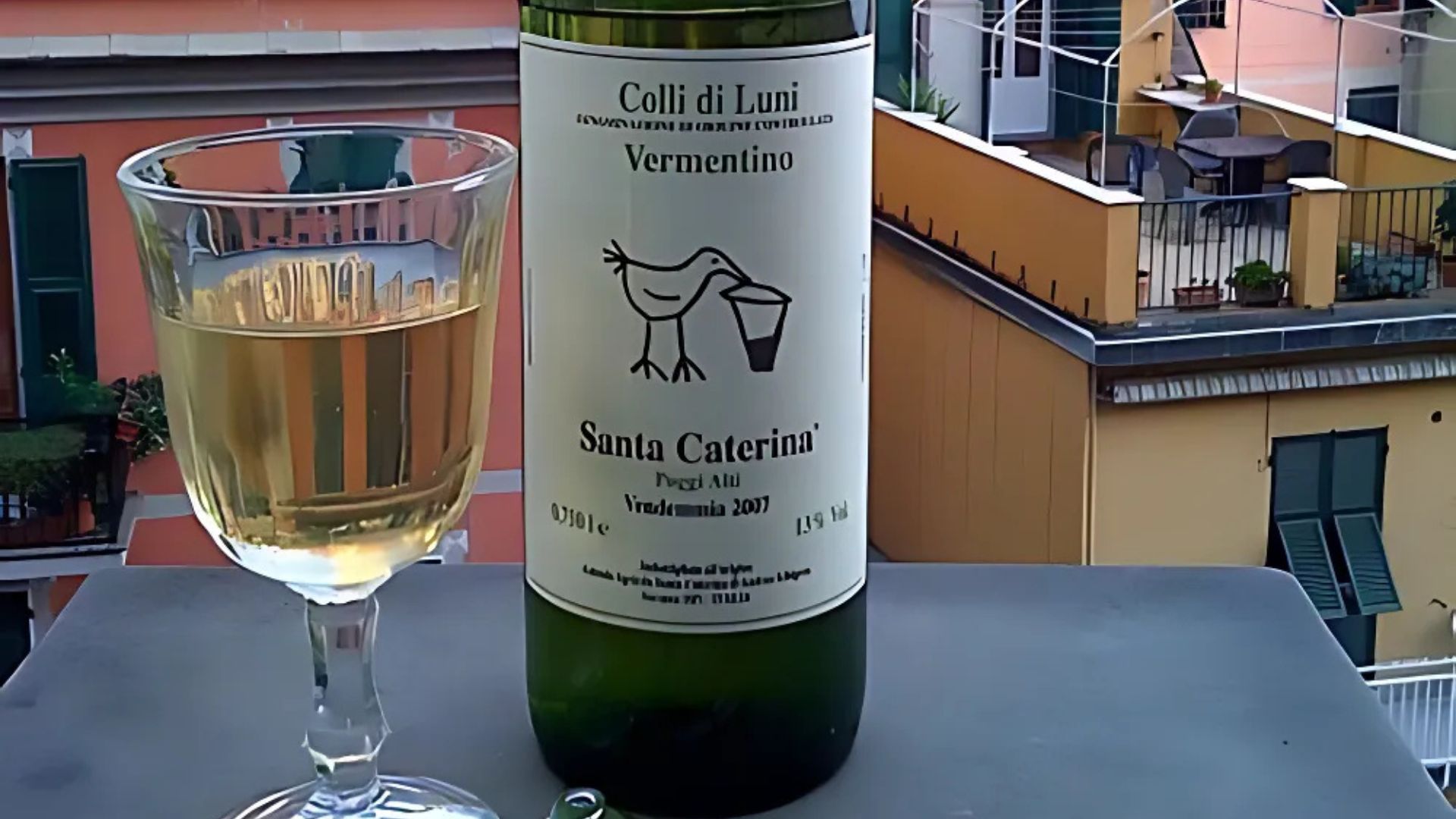
Exploring Beyond: Day Trips and Sardinian Connections
Cagliari really captured my heart. One of the best things about staying in Sardinia’s capital? The island’s so easy to explore from here. Day trips let me see just how wildly diverse this Mediterranean spot can be.
Alghero, Sassari, and Beyond
Alghero totally surprised me with its strong Catalan vibe. People actually speak a Catalan dialect, and you’ll spot street signs in both Italian and Catalan. Walking along those medieval walls at sunset—yeah, it’s honestly magical. The golden light just bounces off the honey-colored stones.
Sassari sits only about half an hour inland from Alghero. Its big piazzas and Baroque buildings feel nothing like the coast. I wandered through the Tuesday and Friday markets and found real Sardinian crafts and food, and no tourist prices in sight.
Both of these cities feel so refreshingly local. Florence and Venice? They can feel overrun sometimes. Here, life just goes on, and you get a real peek into Sardinian culture.
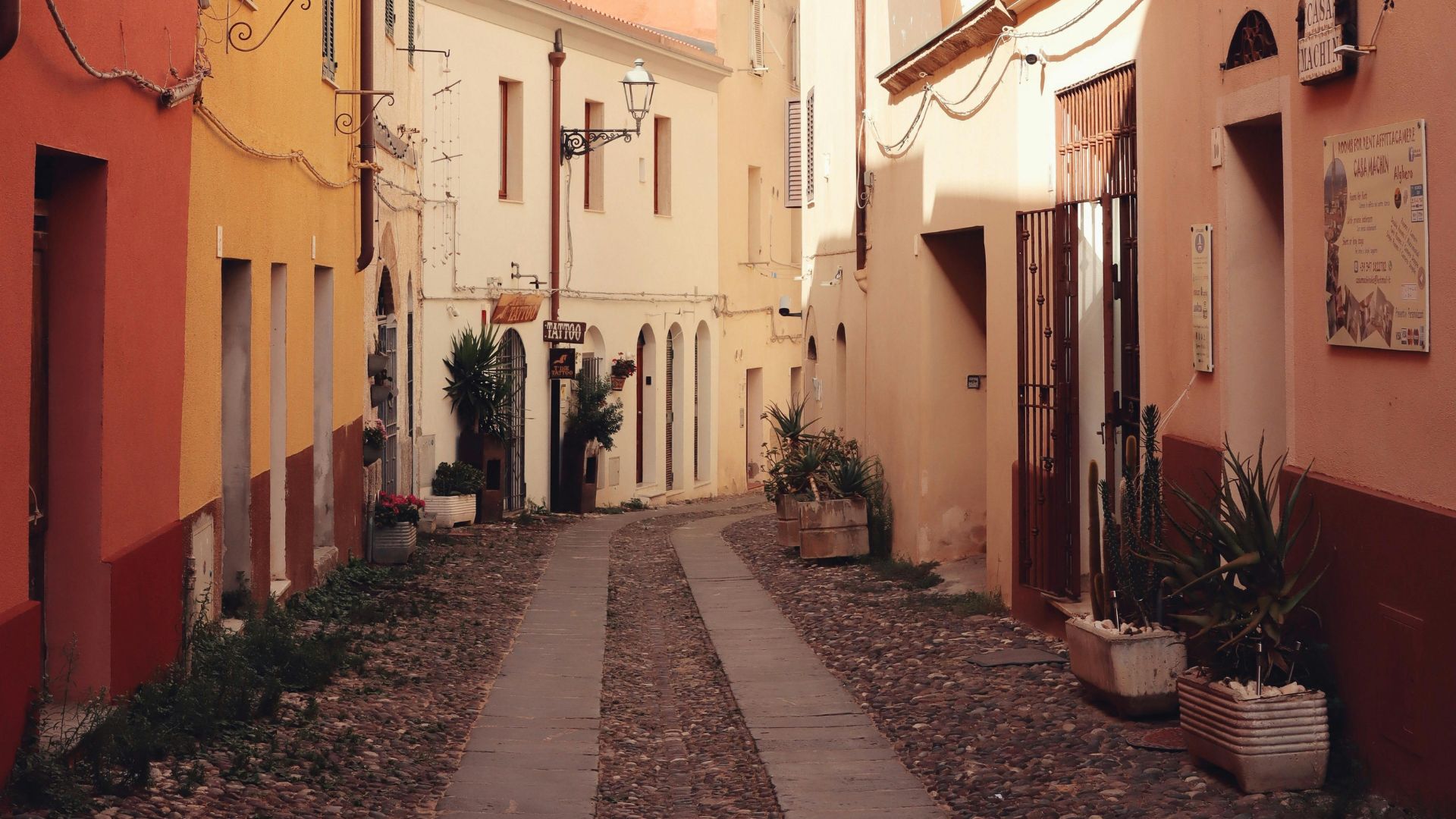
Hidden Coves and Secret Spots
The Costa Sud, just south of Cagliari, hides some of my favorite places. Tuerredda Beach, with its almost Caribbean water, is about an hour’s drive. If you go before 9am, you’ll likely have it mostly to yourself.
For real seclusion, I followed a few locals to Cala Cipolla. You walk about fifteen minutes through fragrant Mediterranean brush, and then—wow—crystal water and soft sand.
The mountain villages inland? They honestly surprised me the most. In Villasimius, I stumbled onto a family-run agriturismo. They served me traditional malloreddus pasta with saffron, and the nonna wouldn’t let me leave until I learned to make it myself!
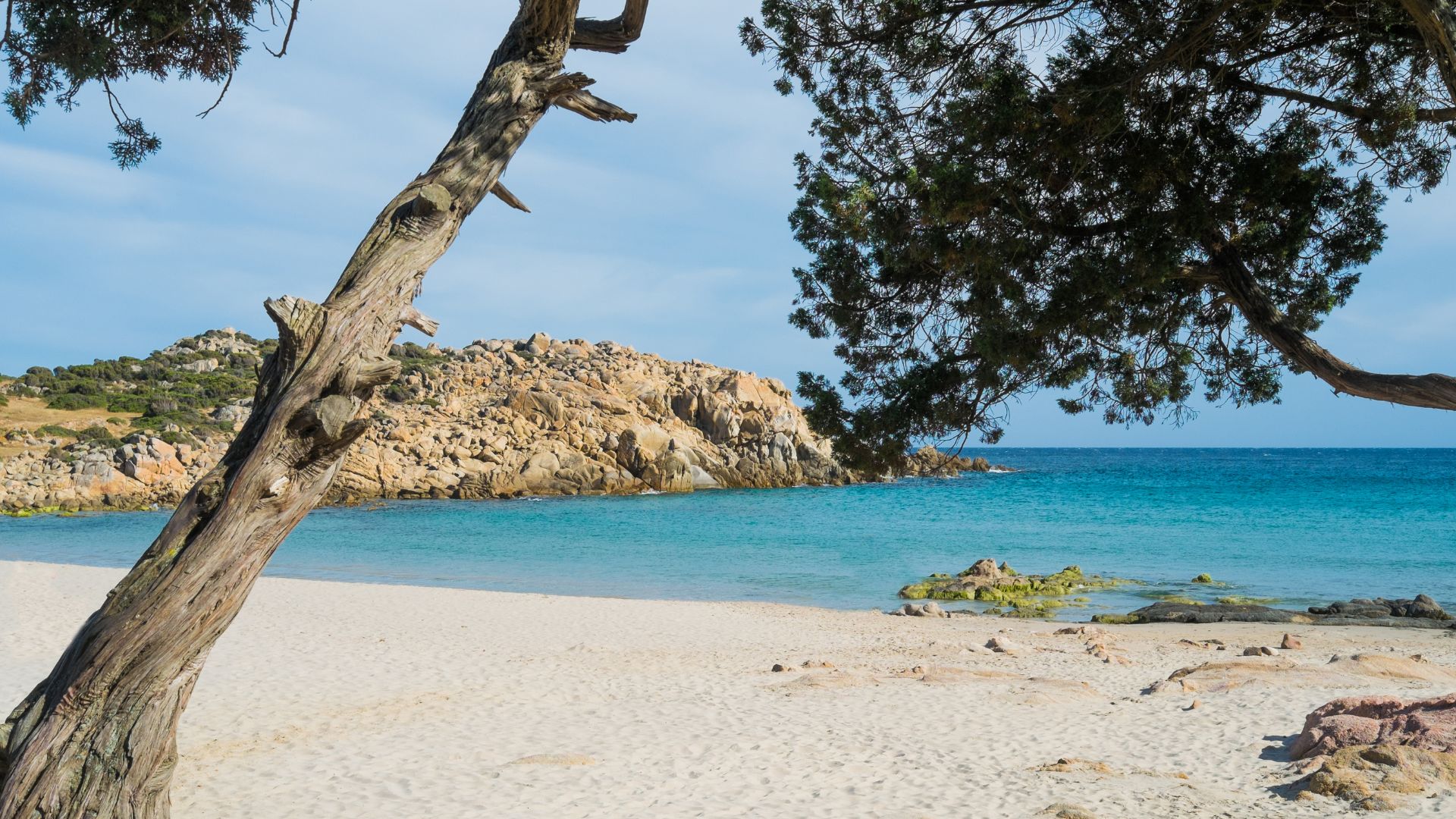
The Lure of Nora’s Ancient Shorelines
Nora’s archaeological site sits on a peninsula, just 30 kilometers from Cagliari. This ancient city lays out Sardinia’s tangled history with its Phoenician, Carthaginian, and Roman ruins.
I wandered through the remains of thermal baths. The mosaic floors, still intact, really caught my eye.
There’s a small theater here, built back in the 1st century AD. Even now, its acoustics are kind of amazing.
But honestly, Nora’s setting might be even more impressive—turquoise waters surround the place on three sides. The Romans clearly had an eye for prime real estate.
After I finished poking around the ruins, I cooled off at the nearby beach. Local families love to gather there on weekends.
The small museum holds artifacts found during excavations. These pieces add some context to all those old stone structures.
Try visiting in the late afternoon. The light turns golden, and you won’t have to deal with as many crowds.

